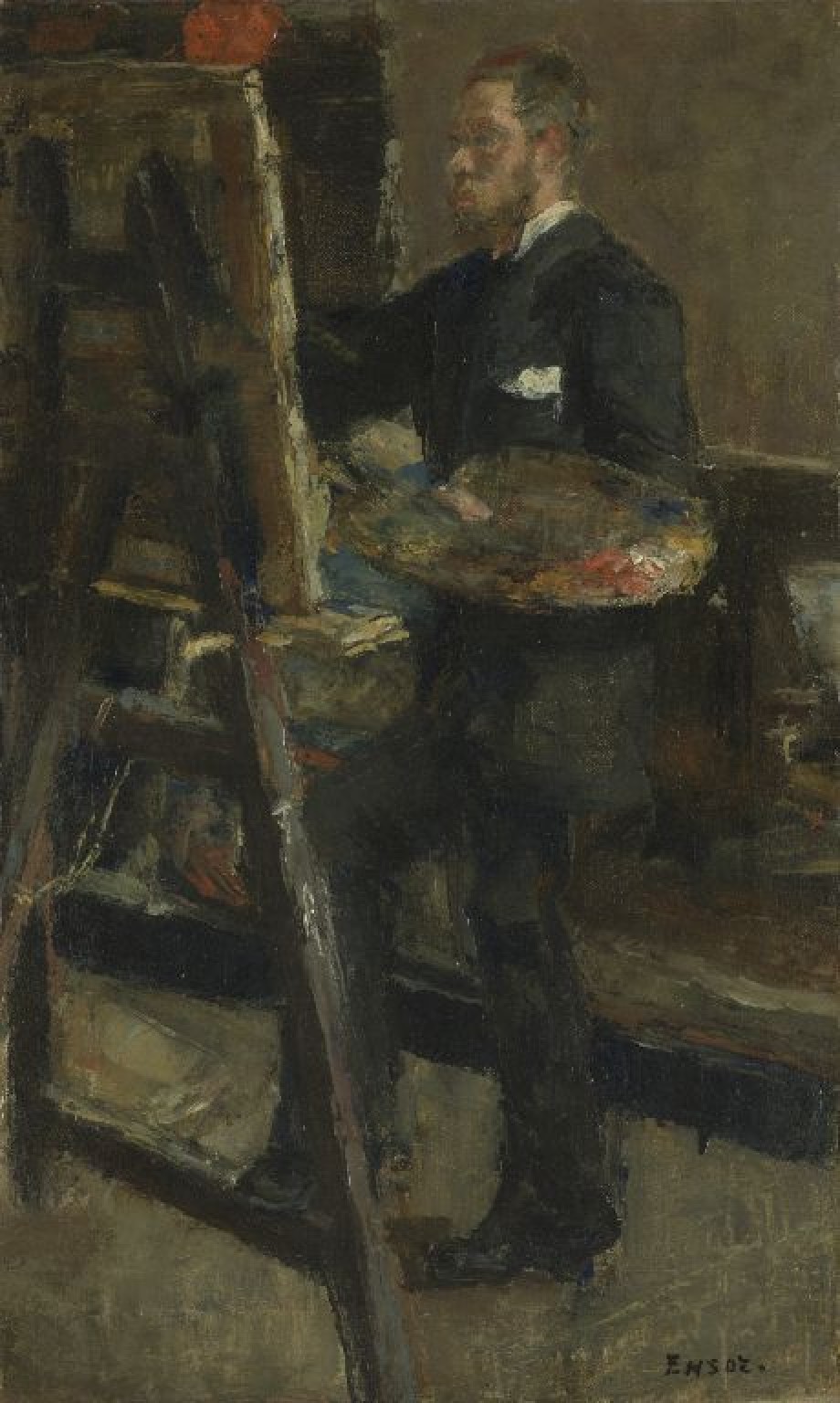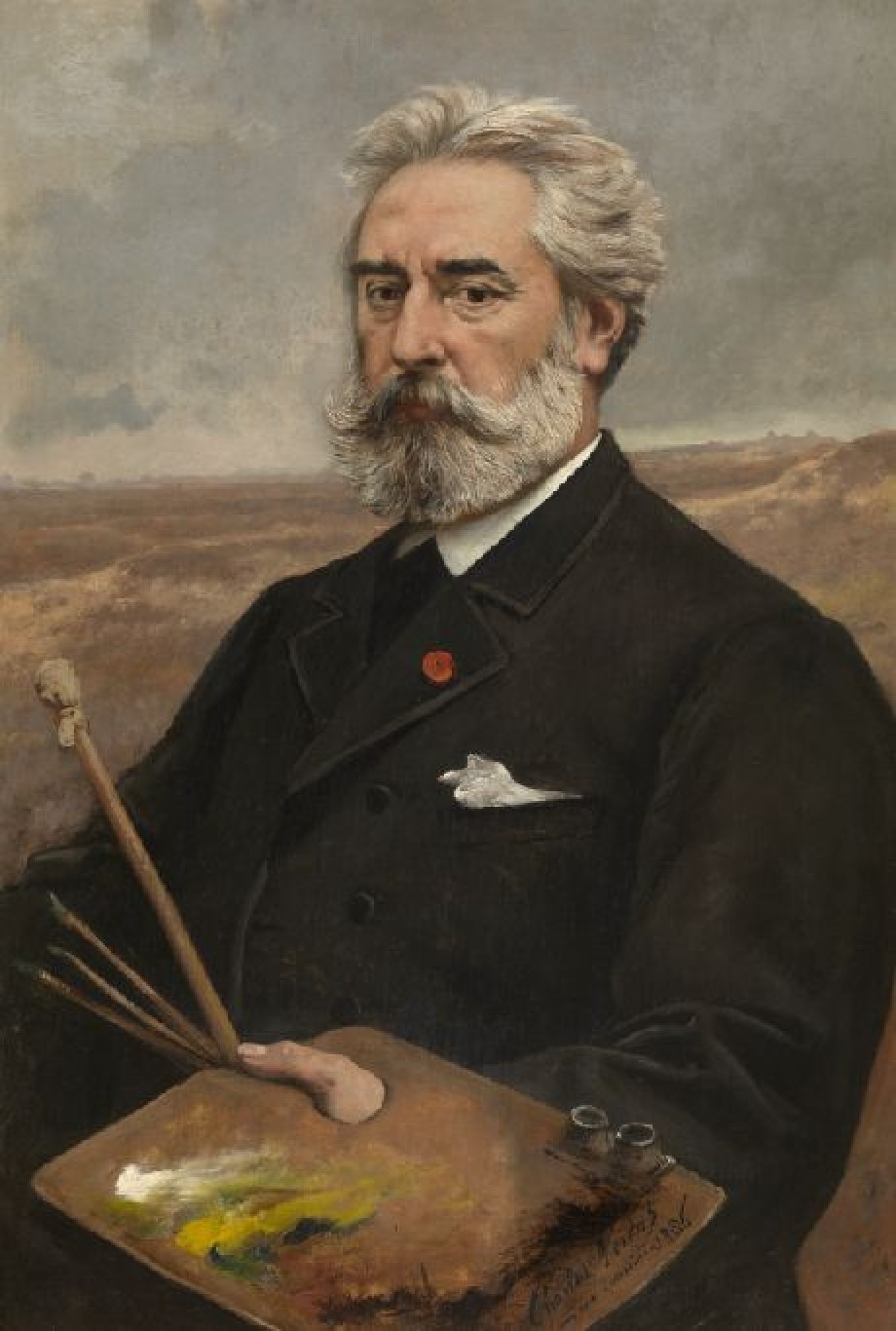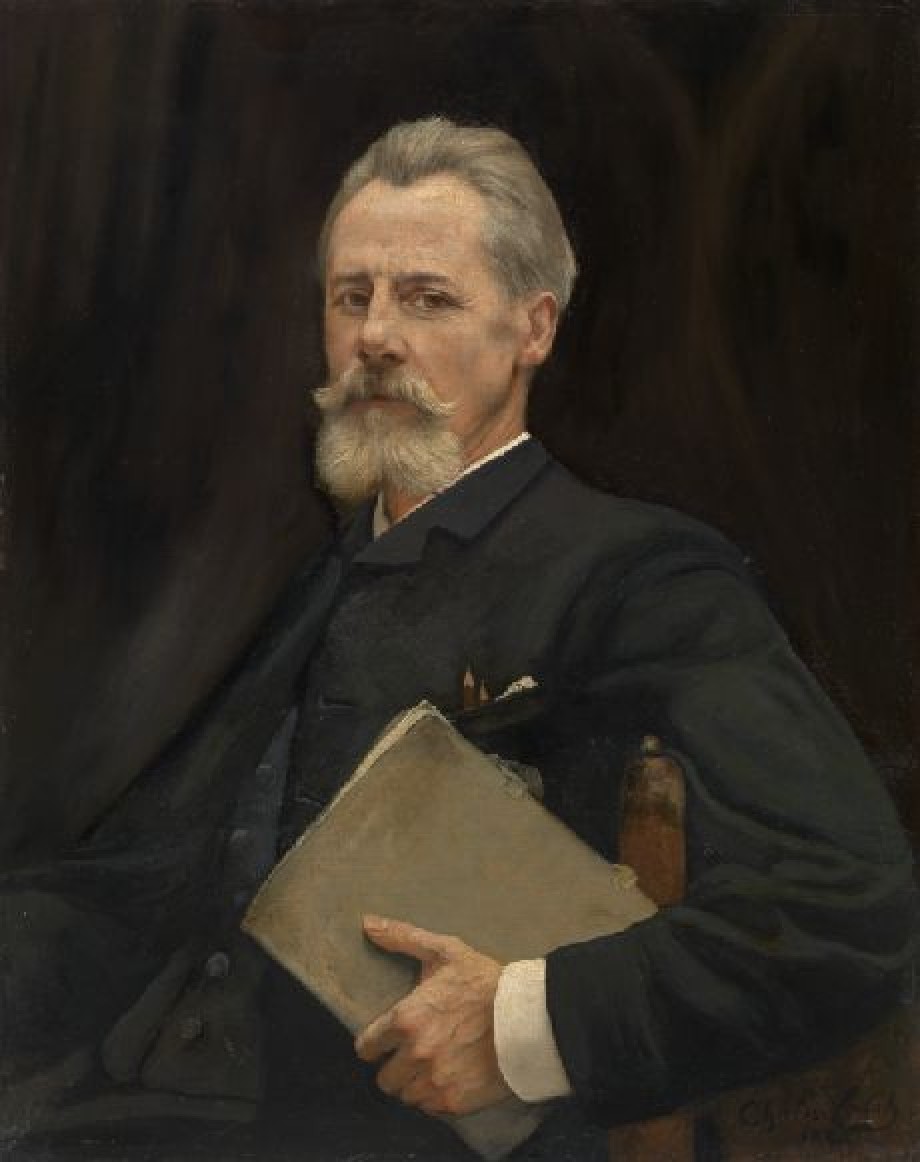Countess Rattazzi, née Maria-Laetitia Bonaparte-Wyse

Artist / maker
Emile Auguste Carolus-Duran (painter)Date
1872Period
19th centuryCollection
Royal Museum of Fine Arts Antwerp
In 1872 the 41-year-old Countess Rattazzi, née Maria-Laetitia Bonaparte-Wyse, sat for her lifesize portrait by the French society painter Emile Auguste Carolus-Duran. She dazzles in a carefree pose, wearing a superb dark blue gown against a fiery red backdrop. Her long black hair hangs loose, as she looks out of the picture alluringly, a fan in one hand and a…
Read more
In 1872 the 41-year-old Countess Rattazzi, née Maria-Laetitia Bonaparte-Wyse, sat for her lifesize portrait by the French society painter Emile Auguste Carolus-Duran. She dazzles in a carefree pose, wearing a superb dark blue gown against a fiery red backdrop. Her long black hair hangs loose, as she looks out of the picture alluringly, a fan in one hand and a loose white glove in the other in a gesture designed to highlight her wedding ring. Maria-Laetitia Bonaparte-Wyse is presenting herself to us as the wife of Count Urbano Rattazzi.
This great-niece of Napoleon I was born in Ireland in 1831 as the daughter of Sir Thomas Wyse and Princess Letizia Bonaparte. When she was 17 she married Count Frédéric de Solms, by whom she had a son, Alexis, in 1852. She plunged into the scene of the lively Paris jet-set, and was a pillar of the city’s cultural life. In her salon she received important literary guests, among them Victor Hugo, Alexandre Dumas père and Sainte-Beuve. She herself became a celebrated novelist, worked as a journalist, and published several cultural journals. Maria-Laetitia was a free and independent spirit, and had a turbulent love life full of affairs with high-ranking men. Even her cousin, Emperor Napoleon III, was mentioned. Six weeks after the death of Solms in 1863, from whom she had been living apart for years, she married Count Urbano Rattazzi, a leading Italian statesman 23 years her senior. He held several ministerial offices and served twice as his country’s prime minister. In 1871 they had a daughter. Opponents said that Maria-Laetitia had such a promiscuous reputation that she had had to go abroad to find an acceptable husband. But she paid no heed to gossip. She had her portrait painted as a happy Countess Rattazzi by one of the most famous artists of her day.
The talented Lille artist Emile Auguste Carolus-Duran created a furore in the Parisian beau monde with his imposing portraits of fine ladies. The one of his wife, Pauline Croizette, which he exhibited at the Salon of 1869 under the intriguing title of Portrait de Mme ***, was a stunning success, and signalled the start of a glittering career. Carolus-Duran succeeded in merging academic traditions with the innovations of Manet and the Impressionists.
After Rattazzi’s death, Maria-Laetitia married Luis de Rute-Ginez, with whom she had two daughters. She outlived her third and final husband. When she died in Paris in 1902 she bequeathed this portrait to the KMSKA, together with the marble bust of her by Jean-Baptiste Clésinger (inv. no. 1382). The museum received this fine bequest thanks to the countess’s close friendship with Jean Jacques Winders, one of the KMSKA’s two architects, and as a mark of thanks for her many pleasant visits to the new Antwerp museum.
Read less











